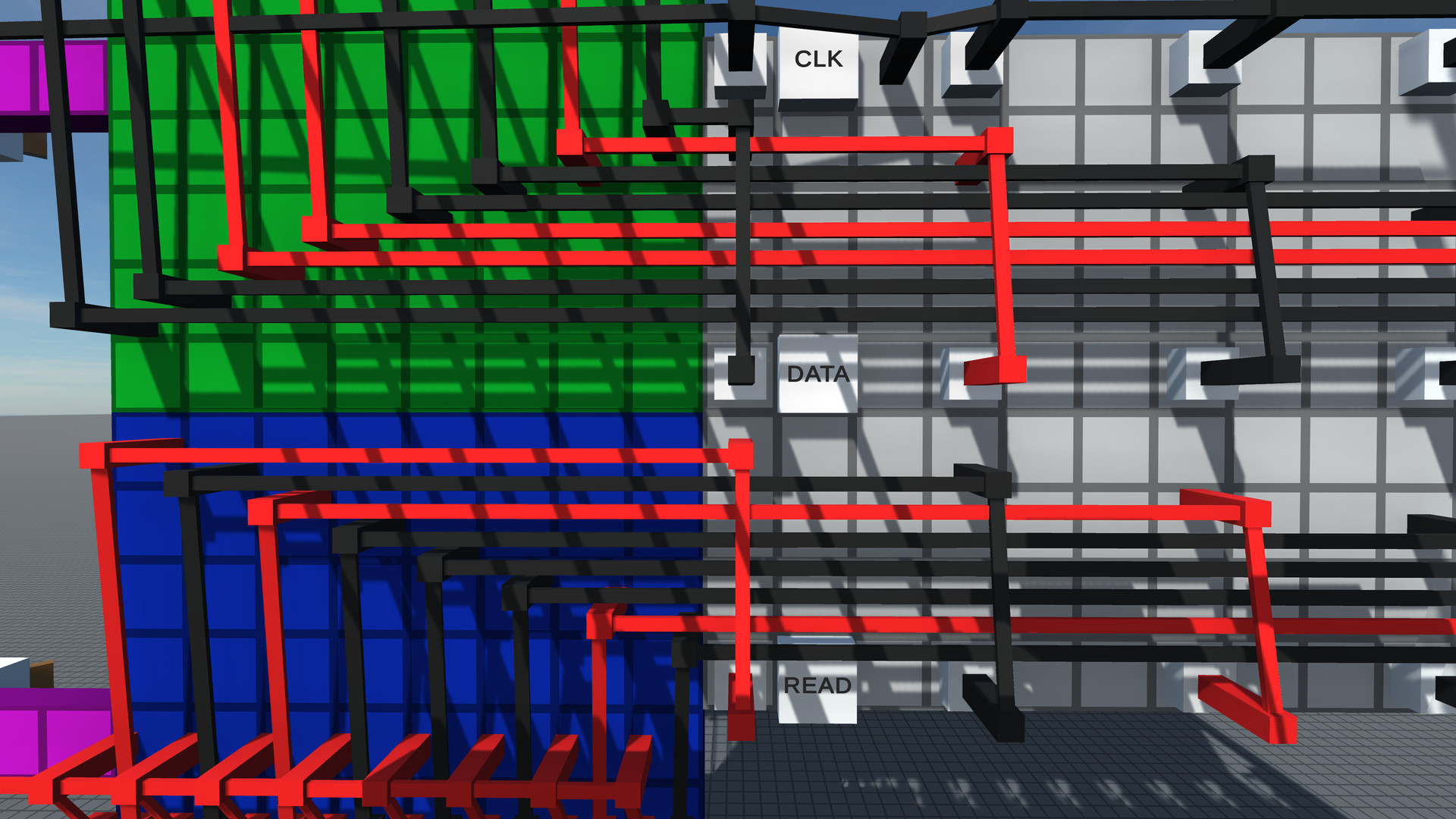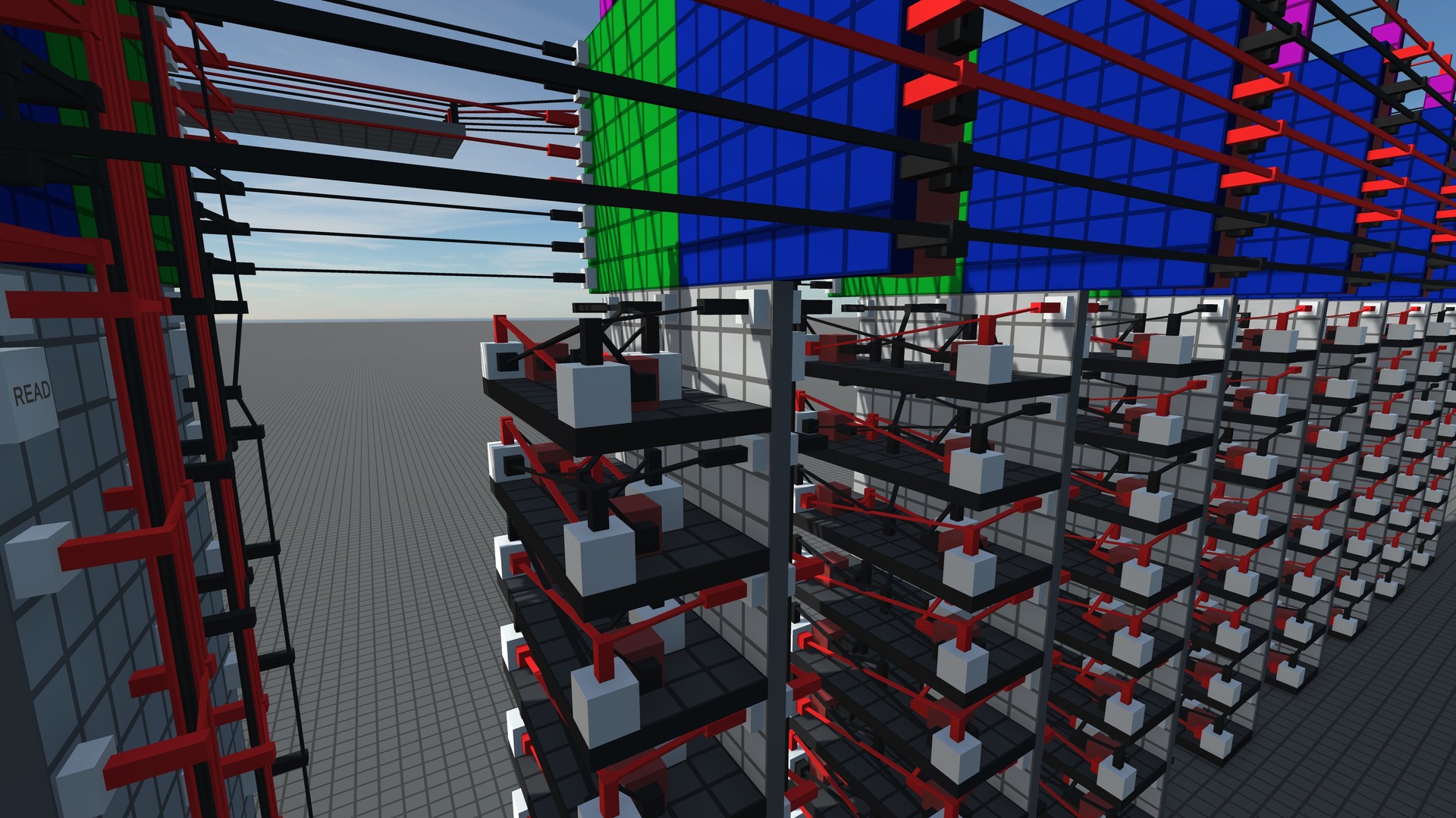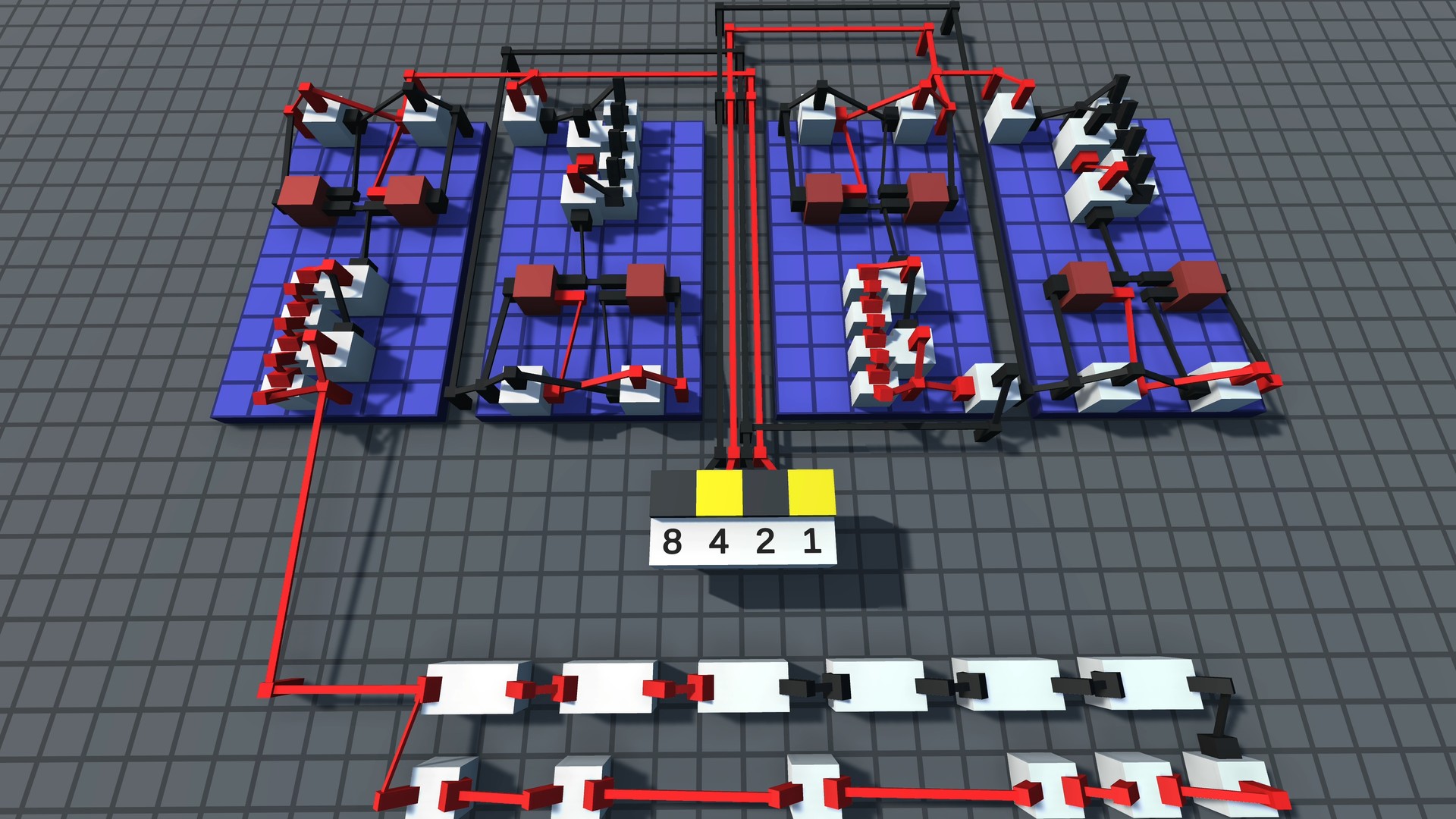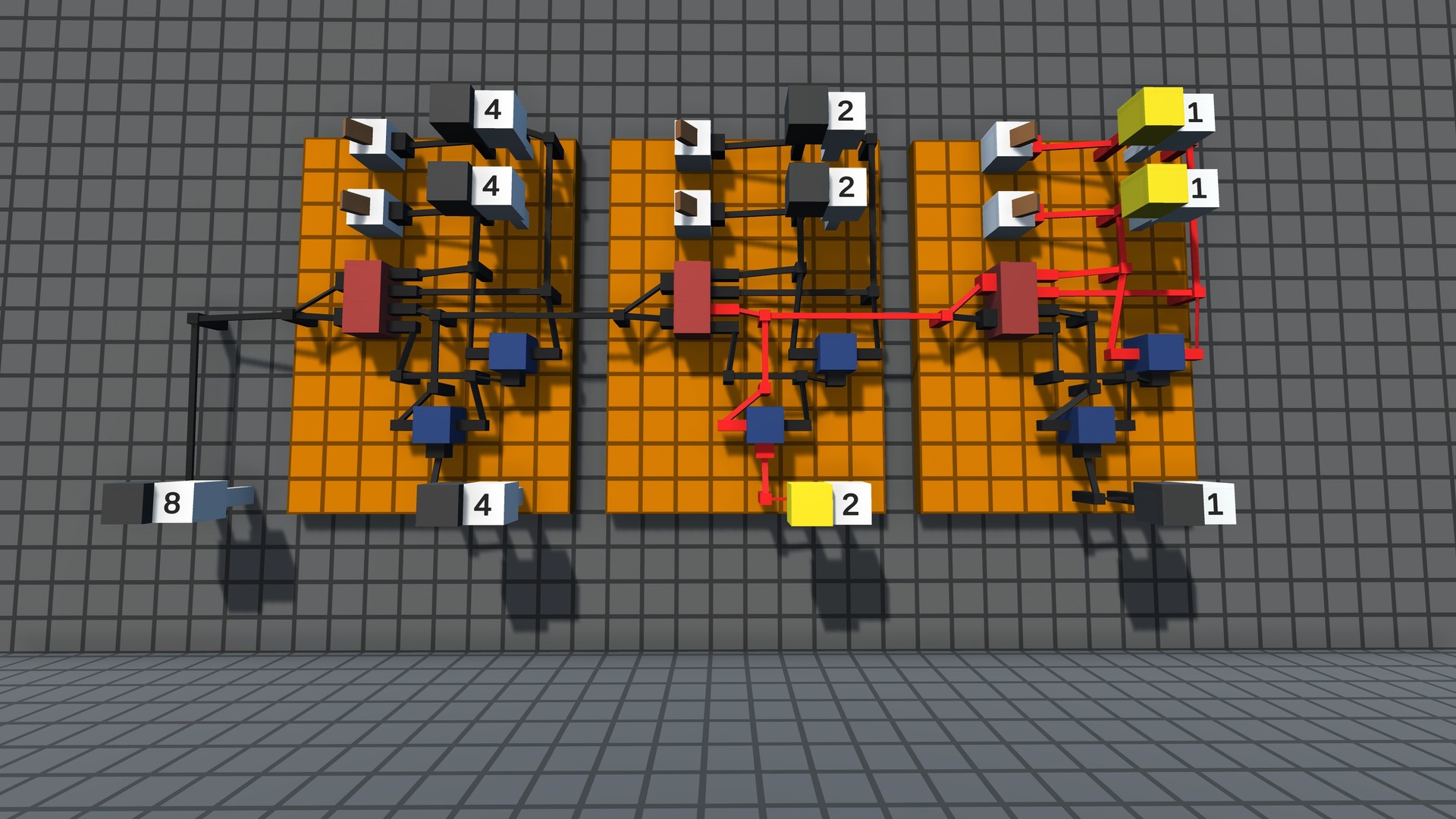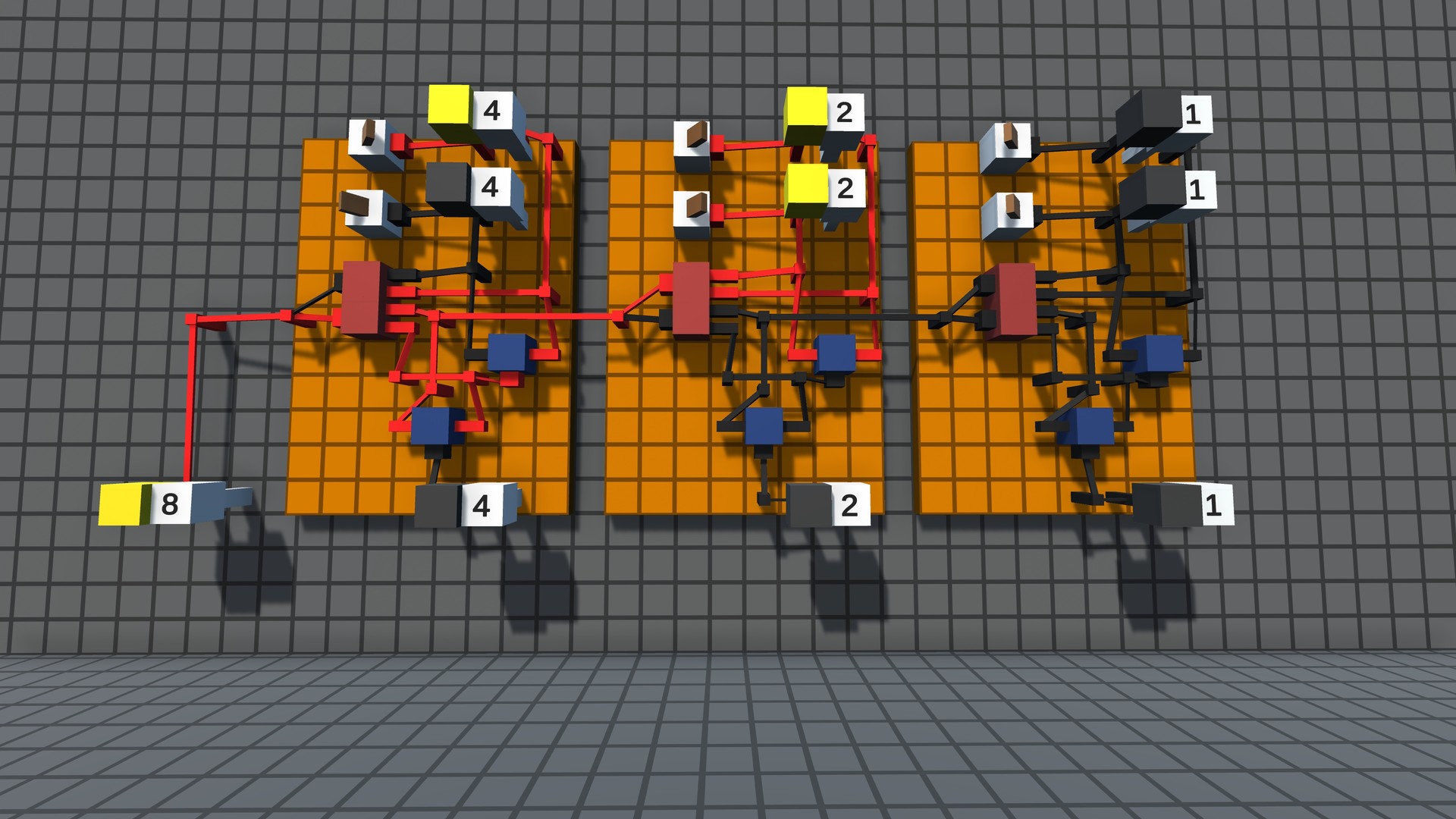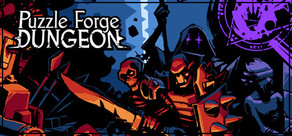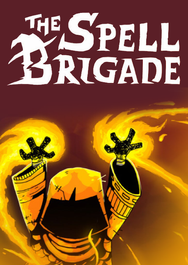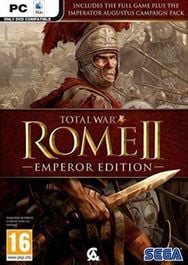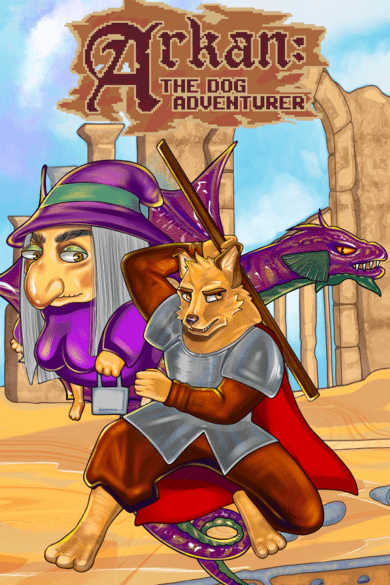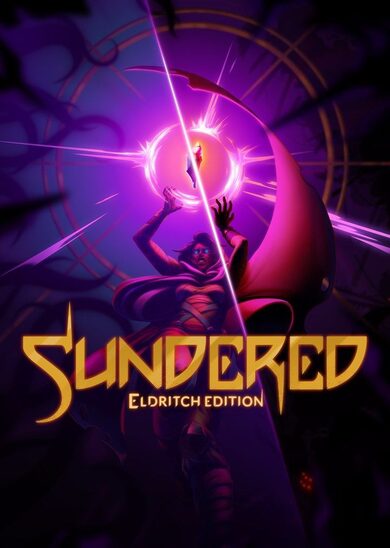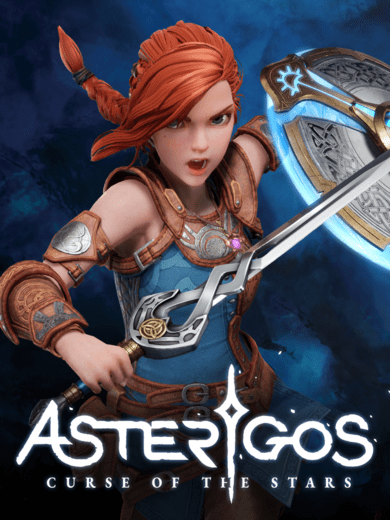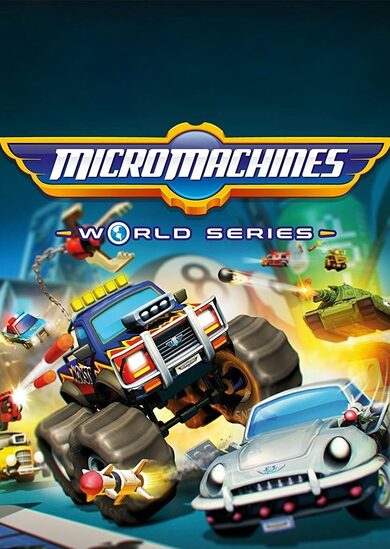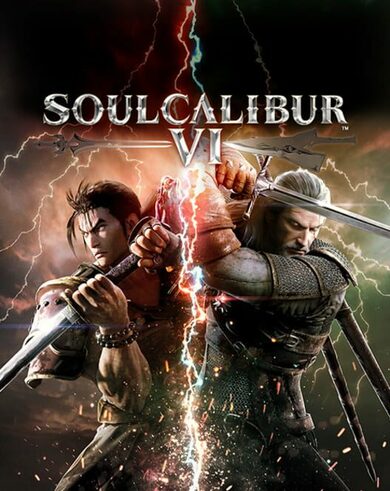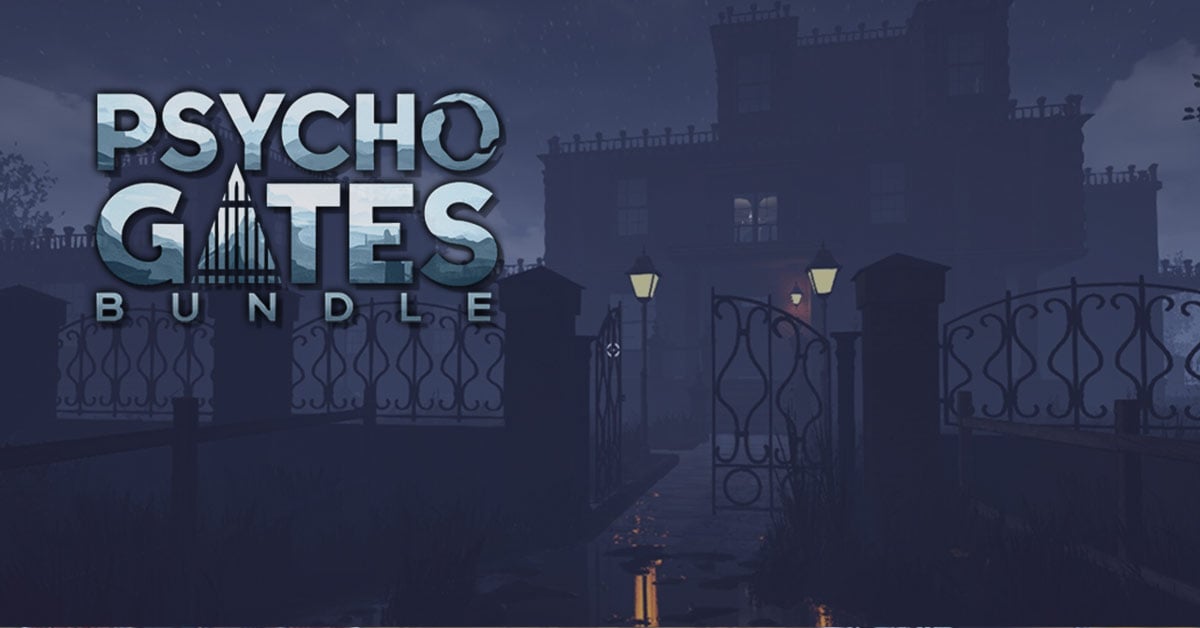Build. Program. Simulate. Logic World teaches you how circuits do math.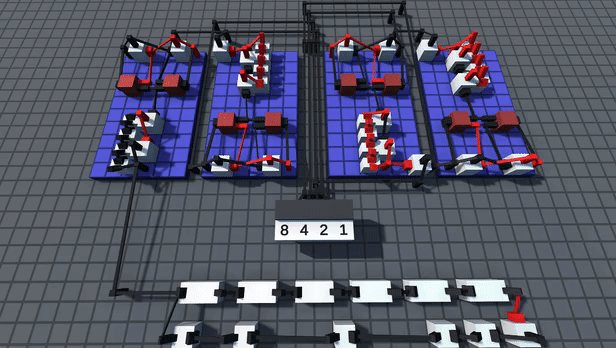
Key Features
- Digital Logic - Build circuits that work the same way real world computer chips do.
- Challenges - Solve puzzles from simple logic gates to complex machines like calculators and data storage.
- Multiplayer - Logic World is built from the ground up for collaborative multiplayer. Take on Challenges with your friends or build together freely in Sandbox mode.
- Performance - Build massive circuits and simulate them at thousands of updates per second - all without lag.
- Modding - Logic World features powerful modding tools - the same tools the developers are using to make the game.
- Online Hub - Players can upload their builds, mods, and custom challenges and share them with other players.

Logic World Wednesdays: The Inaugural Edition
This week I added a feature I call multi-wire placing. In Logic World you create wires by clicking on two pegs to connect them. Often, however, you need to create many wires going in the same direction; think data busses. This can become tedious very easily.
One of our goals with Logic World is to make building as non-tedious as possible. Thats where multi-wire placing comes in. With MWP, you select two groups of pegs, and connections are created between the groups in the order you selected them.
This is kind of difficult to explain with text, so heres a video showcasing the mechanic:
https://www.youtube.com/watch?v=6P6E4Sj5qMs
I also added Exclusive Inputs. Normally, inputs in Logic World can both receive [u]and[/u] propagate signal. But this can be undesirable; if you have several wires feeding into an input, you might not want signal to travel between them.
Every input in Logic World can now be toggled between exclusive and non-exclusive mode. In exclusive mode, inputs can only receive signal - they cannot propagate it. This allows you to make complex circuits very space-efficient, since you no longer need to build special gates where you only want the signal to go one way.
https://www.youtube.com/watch?v=03dJFo5qYQw
If youve been following Logic World for a long time, you might remember me talking about Multi-Wire Placing and Exclusive Inputs in the past. I had both of these features working in October of last year. In November, however, we scrapped almost all of the code wed already written for LW. The game was rebuilt from the ground up in a completely different way which is much more performant and which allows for multiplayer. So this week I re-implemented multi-wires and exclusive inputs under the new system.
Finally, Ive been working on a longer form video that shows off the performance of the game. Its called Counting to a Billion in Binary - look out for that later this week.
Id like to introduce you into some concepts of the modding system. For the first ever edition of LWW, Ill give you a quick overview of how the modding system works and how it doesnt. First of all, mods can contain both code (component logic, like what a component should do when one of its inputs gets turned on) and other assets (how a component looks like, etc). Inside the code part of the mod there is another separation: server and client code. Server code handles the aforementioned component logic, while client code controls how the component looks to the camera (Should it change color? Should it grow legs?). These two parts can also share some simple data structures, for example to store how many legs it has.
On a more technical remark for those of you that do the code, this data is represented as a POCO (Plain Old CLR Object) in both the client and the server, which means that the synchronization of this data between both sides is completely transparent to the modder, making it extremely easy to add custom states to components. Components declare their data through a C# interface, which gets implemented at runtime using a handy library I wrote specifically for this called ClassImpl .
Separate from the code and inside of the previously mentioned mod assets are the component definitions, contained in a SUCC file in the mod package. This format is the exact same one we use for the stock game components (like the inverter), so you can be sure that youll be able to do everything the existing components already do, and even more! Here youll define the shape of a component and the code behind them, as well as how many inputs and outputs it has and where they are positioned. This gives you flexibility to create cool and odd-looking components with as many inputs and outputs as you want and that behave exactly the way you want them to.
For example, heres the SUCC section for a regular inverter:
[code]
Tung.Inverter:
column: "Logic"
prefab:
blocks:
- Standard
inputs:
-
position: (0, 1, 0)
outputs:
-
position: (0, 0.5, 0.5)
rotation: (90, 0, 0)
startOn: true
logicCode: Tung.LogicCode.Inverter
placingRules:
GridPlacingDimensions: (1, 2)
[/code]
Thats all for this week. If youd like to receive an email each time we post one of these blogs, you can sign up for our newsletter . Be sure also to join the official Discord and follow @LogicWorldGame on twitter.
See you next Wednesday!
View this post on logicworld.net.
Welcome to the very first Logic World Wednesday! Each week, we will be sharing our progress on Logic World. This blog is going to be a mix of technical and non-technical discussion.
Jimmy
This week I added a feature I call multi-wire placing. In Logic World you create wires by clicking on two pegs to connect them. Often, however, you need to create many wires going in the same direction; think data busses. This can become tedious very easily.
One of our goals with Logic World is to make building as non-tedious as possible. Thats where multi-wire placing comes in. With MWP, you select two groups of pegs, and connections are created between the groups in the order you selected them.
This is kind of difficult to explain with text, so heres a video showcasing the mechanic:
https://www.youtube.com/watch?v=6P6E4Sj5qMs
I also added Exclusive Inputs. Normally, inputs in Logic World can both receive [u]and[/u] propagate signal. But this can be undesirable; if you have several wires feeding into an input, you might not want signal to travel between them.
Every input in Logic World can now be toggled between exclusive and non-exclusive mode. In exclusive mode, inputs can only receive signal - they cannot propagate it. This allows you to make complex circuits very space-efficient, since you no longer need to build special gates where you only want the signal to go one way.
https://www.youtube.com/watch?v=03dJFo5qYQw
If youve been following Logic World for a long time, you might remember me talking about Multi-Wire Placing and Exclusive Inputs in the past. I had both of these features working in October of last year. In November, however, we scrapped almost all of the code wed already written for LW. The game was rebuilt from the ground up in a completely different way which is much more performant and which allows for multiplayer. So this week I re-implemented multi-wires and exclusive inputs under the new system.
Finally, Ive been working on a longer form video that shows off the performance of the game. Its called Counting to a Billion in Binary - look out for that later this week.
Felipe (aka pipe01)
Id like to introduce you into some concepts of the modding system. For the first ever edition of LWW, Ill give you a quick overview of how the modding system works and how it doesnt. First of all, mods can contain both code (component logic, like what a component should do when one of its inputs gets turned on) and other assets (how a component looks like, etc). Inside the code part of the mod there is another separation: server and client code. Server code handles the aforementioned component logic, while client code controls how the component looks to the camera (Should it change color? Should it grow legs?). These two parts can also share some simple data structures, for example to store how many legs it has.
On a more technical remark for those of you that do the code, this data is represented as a POCO (Plain Old CLR Object) in both the client and the server, which means that the synchronization of this data between both sides is completely transparent to the modder, making it extremely easy to add custom states to components. Components declare their data through a C# interface, which gets implemented at runtime using a handy library I wrote specifically for this called ClassImpl .
Separate from the code and inside of the previously mentioned mod assets are the component definitions, contained in a SUCC file in the mod package. This format is the exact same one we use for the stock game components (like the inverter), so you can be sure that youll be able to do everything the existing components already do, and even more! Here youll define the shape of a component and the code behind them, as well as how many inputs and outputs it has and where they are positioned. This gives you flexibility to create cool and odd-looking components with as many inputs and outputs as you want and that behave exactly the way you want them to.
For example, heres the SUCC section for a regular inverter:
[code]
Tung.Inverter:
column: "Logic"
prefab:
blocks:
- Standard
inputs:
-
position: (0, 1, 0)
outputs:
-
position: (0, 0.5, 0.5)
rotation: (90, 0, 0)
startOn: true
logicCode: Tung.LogicCode.Inverter
placingRules:
GridPlacingDimensions: (1, 2)
[/code]
Thats all for this week. If youd like to receive an email each time we post one of these blogs, you can sign up for our newsletter . Be sure also to join the official Discord and follow @LogicWorldGame on twitter.
See you next Wednesday!
View this post on logicworld.net.
[ 2019-04-18 01:28:47 CET ] [Original Post]
Minimum Setup
- OS: Ubuntu 14.04
- Processor: 2.4GHz Quad CoreMemory: 8 GB RAM
- Memory: 8 GB RAM
- Graphics: Intel HD Graphics 4000 or AMD Radeon R5 series
- Storage: 2 GB available spaceAdditional Notes: system requirements might be adjusted before release
GAMEBILLET
[ 6421 ]
FANATICAL
[ 5843 ]
GAMERSGATE
[ 1960 ]
MacGameStore
[ 2357 ]
INDIEGALA
[ 546 ]
LOADED
[ 1040 ]
ENEBA
[ 32771 ]
Green Man Gaming Deals
[ 177 ]
FANATICAL BUNDLES
GMG BUNDLES
HUMBLE BUNDLES
INDIEGALA BUNDLES
by buying games/dlcs from affiliate links you are supporting tuxDB

